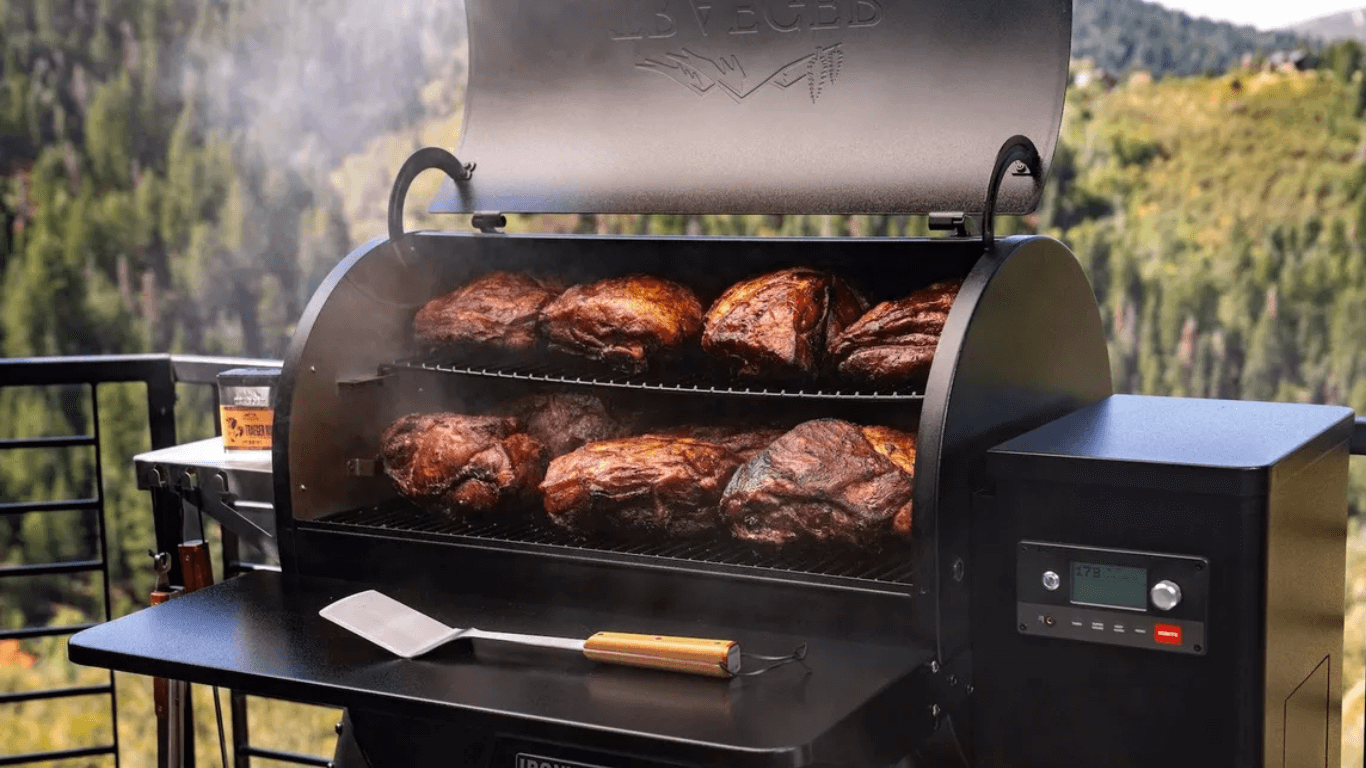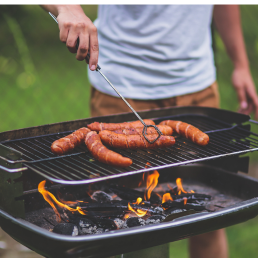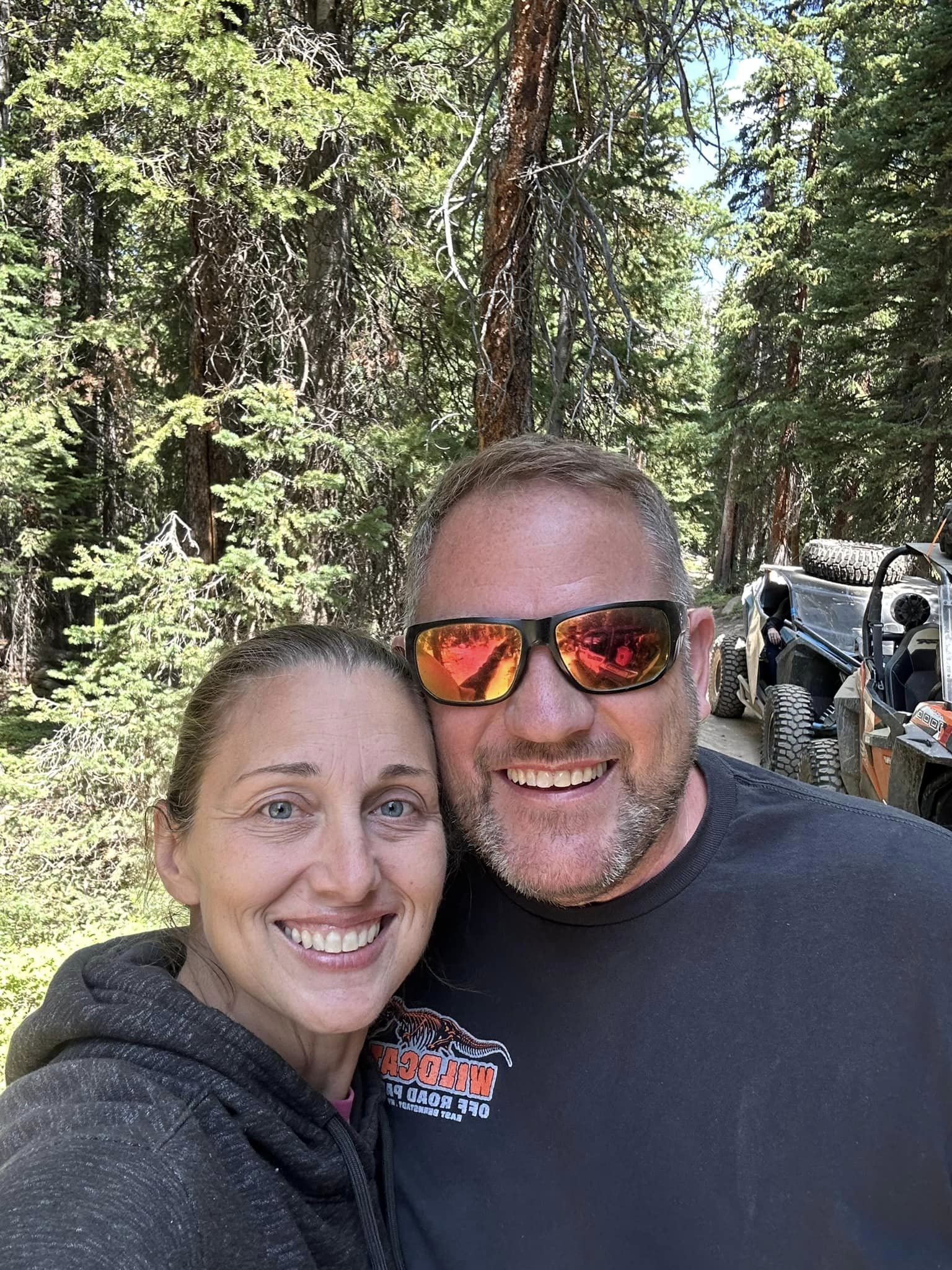Maintaining a BBQ smoker isn’t just a one-time task you perform when you notice something’s awry; it’s a long-term commitment that pays off in both the flavor of your food and the longevity of your equipment.
Given that a high-quality smoker is a considerable investment, ensuring that it stands the test of time becomes all the more critical. From the internal racks to the external structure and from the heat source to the ventilation system, each component has its own set of needs and considerations for proper upkeep.
Seasonal changes can be harsh on outdoor cooking equipment, and without proper care, even the best smoker can degrade over time, negatively affecting its performance.
Rusting, wear and tear, and the accumulation of grease and ash can all take their toll. So, how do you combat these natural processes to ensure your smoker remains in optimal condition year-round?
This article aims to be your comprehensive guide to maintaining your BBQ smoker, providing you with step-by-step instructions, best practices, and pro tips.
Whether you’re a casual weekend griller or a seasoned pitmaster, adhering to these maintenance guidelines can be the difference between a smoker that lasts a few seasons and one that becomes a long-term culinary companion.
By the end, you’ll have a thorough understanding of how to care for each aspect of your BBQ smoker, ensuring that it continues to produce top-quality, flavorful smoked meats for years to come.

How do you maintain a BBQ smoker for longevity
Routine Cleaning for every Cook
The importance of cleaning your BBQ smoker cannot be overstated. Over time, the accumulation of ash, grease, and food residues can lead to a degradation in performance, unpleasant flavors, and even pose a fire risk.
It’s advisable to clean your smoker immediately after each use to prevent the buildup of grime. Start by scraping off the grates with a grill wire brush to remove any stuck-on food particles. Using a steel wire brush makes it easier to remove ash from the smoker. If you try to ignore this, it might lead to a rusty grill.

Remove the ash of wood from the firebox and dispose of it safely. The water pan, which collects grease, should be emptied and cleaned with warm soapy water.
For stubborn grease spots and residues, you may use specialized barbecue grill cleaners, but avoid using abrasive sponges or chemicals that could corrode the metal.
Make sure all parts are completely dry before reassembling to prevent rusting. Following a disciplined cleaning routine after each use can help you avoid more labor-intensive deep cleaning later on, and it will also ensure your smoker performs optimally every time.
Seasoning Your Smoker
Seasoning isn’t just for your food; it’s also crucial for your smoker. A well-seasoned smoker will have a protective layer that helps prevent rust and creates a non-stick surface for your food.
Seasoning involves coating the interior surfaces of your smoker with an oil that has a high smoke point, such as vegetable or canola oil.
Choose an oil like canola or grapeseed oil, burn it at high smoke point, and coat the inside of the smoker’s walls, racks, grates, and door or lid. After that, wait for more than 12 minutes, then heat up the burner to a maximum of 300 degrees F and wait for 2-3 hours. Whether you’re a beginner or a grill master, this process is recommended to be done with your grill more than 2 times.
Once coated, run the smoker at a high temperature for several hours to allow the oil to bond with the metal. This process should be repeated periodically, especially if you notice any signs of rust or corrosion.
It’s also a good practice to season your smoker at the beginning of the BBQ season and after any deep cleanings. Failing to keep your smoker seasoned can lead to corrosion, which will significantly reduce its lifespan.
Check Seals and Gaskets
Over time, the seals and gaskets designed to keep the heat and smoke inside your smoker can wear out or get damaged.
If these are not in optimal condition, you risk losing heat and smoke, which can negatively impact the cooking process.
Inspect the gaskets around the lid, the chimney, and any doors or panels frequently. If you notice any cracks, gaps, or signs of wear, replace these parts as soon as possible.
There are specialized gaskets made for BBQ smokers that can withstand high temperatures, so make sure to use these rather than generic ones.
Also, test the tightness and fit regularly by performing a ‘smoke test,’ where you let the smoker run and look for any areas where smoke might be escaping. Fixing any leaks or gaps as soon as they’re noticed can save you both time and fuel in the long run.
Inspecting the Ventilation System
One of the most crucial elements in maintaining a consistent temperature in your smoker is the ventilation system. The vents and dampers are vital for regulating airflow, which in turn controls the heat.
Make sure these parts move freely and are not obstructed by ash, grease, or food residues. A malfunctioning vent can lead to overheating or under-heating, both of which are undesirable when smoking food.
Periodically remove the vents and dampers for a detailed cleaning. Use a steel brush and warm soapy water to remove any residues. Alternatively, you can also use warm water and a degreaser detergent for cleaning. Make sure they are completely dry before reinstalling them.
Also, examine any moving parts like screws or knobs that control the vents. If these are not moving freely, you may need to lubricate them or, in extreme cases, replace them.
Rust Prevention and Treatment
Rust is a smoker’s worst enemy. Not only does it degrade the metal, but it also poses a health risk if it comes into contact with your food. Prevention is the best cure when it comes to rust. Always store your smoker in a dry place and use a waterproof cover to protect it from the elements.
If you do notice any signs of rust, deal with it immediately to prevent it from spreading. Use sandpaper to remove the rust, after that use a steel brush to scrape off unwanted rust spots and then coat the affected area with heat-resistant paint designed for BBQ smokers.
Rust can also form from the inside due to the acids and salt from the food and smoke. Make sure to season the interior regularly, as mentioned in the seasoning section, to prevent internal rust.
Regular Hardware Checks
The nuts, bolts, and other hardware that hold your smoker together can loosen over time due to the expansion and contraction caused by heating and cooling.
A regular hardware check should be a part of your maintenance routine. Go over all the screws, bolts, and nuts, and tighten any that seem loose.
Use a wrench for better grip and torque, but be careful not to overtighten, as this can strip the threads or deform the metal. If you find any hardware that’s rusted or damaged, replace it immediately to maintain the structural integrity of your smoker.

Calibrating Thermometers
Accurate temperature readings are crucial for smoking food properly. A malfunctioning thermometer can lead to overcooked or undercooked meals, which can be both a taste and safety concern.
At least once a season, calibrate your smoker’s thermometers. You can do this by using the boiling water method or by comparing it with a known accurate thermometer.
If you find that your thermometer is inaccurate, either adjust it (if possible) or replace it. Some high-end smokers come with digital thermometers that are more accurate and easier to calibrate than analog ones.
If you’re serious about smoking, investing in a high-quality thermometer can make a significant difference in your cooking.
Electrical and Gas Component Safety
For those who use electric or gas smokers, additional precautions are needed. Regularly inspect all electrical connections, looking for frayed wires, loose plugs, or any signs of wear and tear. In the case of gas smokers, always check the propane tank, hoses, and connections for leaks.
You can do this by applying a soap solution to the connections and looking for bubbles, which would indicate a leak. Always follow the manufacturer’s guidelines for replacing parts and ensure you’re using components specifically designed for your smoker model.
Electrical or gas issues not only affect your smoker’s performance but can also pose serious safety risks, so never overlook this aspect of maintenance.
Following Manufacturer Guidelines
Always refer to your smoker’s user manual for specific maintenance tips and troubleshooting guidelines. Manufacturers often provide important advice that’s specific to the model you own.
This information can be invaluable for keeping your smoker in optimal condition and ensuring that you don’t inadvertently void any warranties. Keep a digital or printed copy of the manual handy and consult it before performing any significant maintenance tasks or replacements.
Professional Inspections
While DIY maintenance can go a long way in preserving your smoker, it’s advisable to have it inspected by a professional at least once a year, especially if you use it frequently and this step might save your thousand of dollars worth of smoking collection.
A professional can spot issues that might be easy to miss and can also perform deep cleaning tasks that can extend the lifespan of your smoker. They can check the structural integrity, test all functionalities, and may even offer advice on improving your smoking techniques.
Through vigilant maintenance and regular checks, you can ensure that your Barbecue smoker will serve you well for many years, offering countless hours of delicious, smoky flavors.
